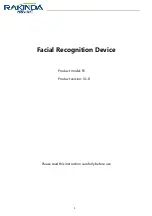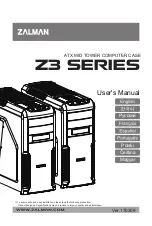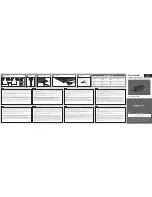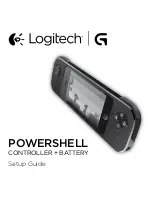
18
d.
Always know the rules for moving equip-
ment at the work site:
•
Always maintain the proper clear-
ances between your machine and
others.
•
Always move slowly and sound your
horn. Be sure others acknowledge
your presence before proceeding or
the pathway is clear.
•
Be sure there is adequate clearance,
front and rear, when moving or
turning machine to prevent hitting
people, buildings or other objects.
e.
Do not exceed the fork/bucket/loader lift
capacity. If the load is too large or heavy,
break into two parts. Be sure load is
stable on the forks.
f.
Know the load:
•
Center the load between the forks to
keep the loader/bucket in balance.
•
Do not try to lift too heavy a load.
•
Avoid lifting and moving loose mate-
rial. Try to tie or strap them together
before lifting.
•
Avoid handling long poles or pipes
unless they are tied together and
spotters can help direct your while
moving.
•
Always place the tines in their widest
position appropriate to the load for
improved stability.
•
Do not lift the
load high and
tilt the forks
back to reduce
the chance that
the load will
roll-back over
the operator's station.
•
Use the spotter to guide you when
placing the load or unloading the
forks. Be sure the load is stable.
•
Use care when turning an articulated
vehicle that is loaded. its stability is
reduced when it turns. Turn slowly
and gradually.
•
Do not lift double tiered loads. They
are hard to control and should not be
lifted.
g.
Stay away from
overhead power
lines when lifting or
moving load.
Electrocution can
occur without direct
contact.
h.
Stay away from overhead obstructions
such as tree branches, doors, etc. to
prevent snagging and tipping. Keep the
load low or select another route.
i.
Do not use the
forks/bucket as a
man lift or people
mover. They can
fall off or be
dumped and get
injured.











































